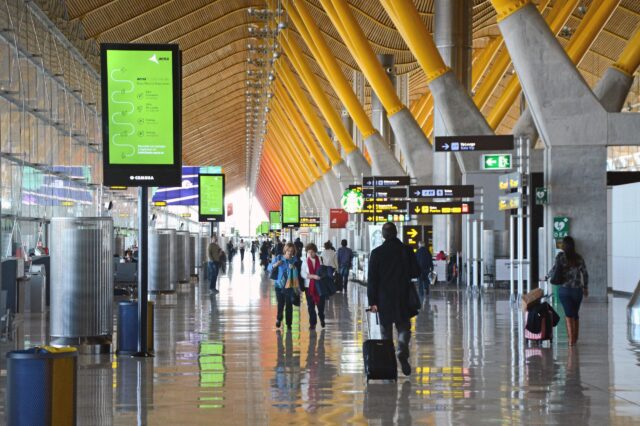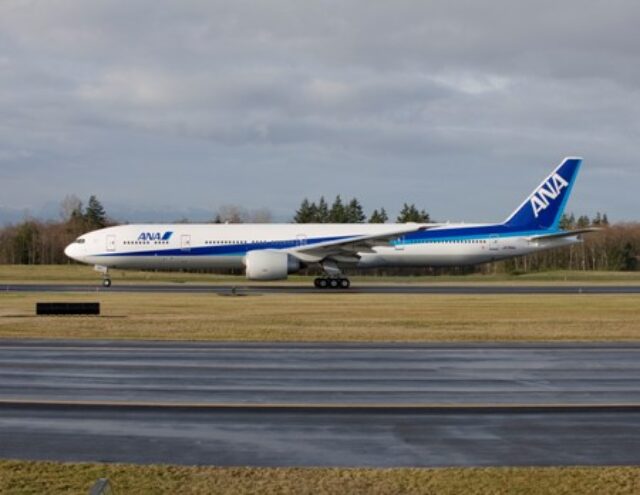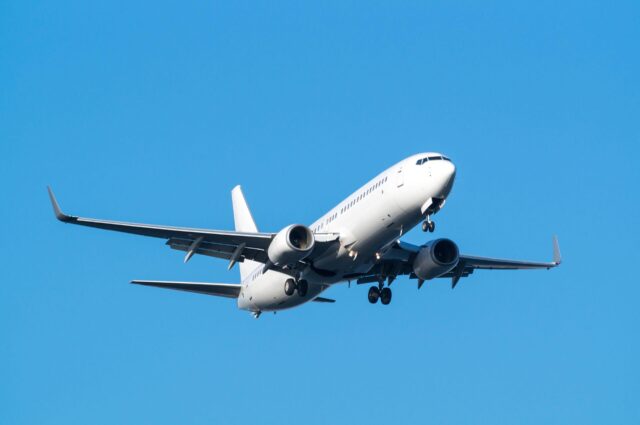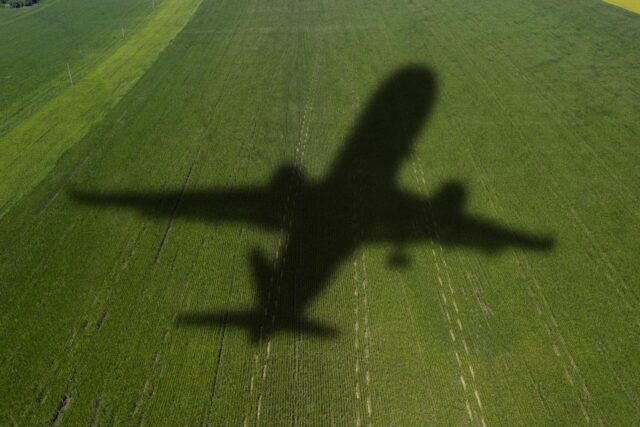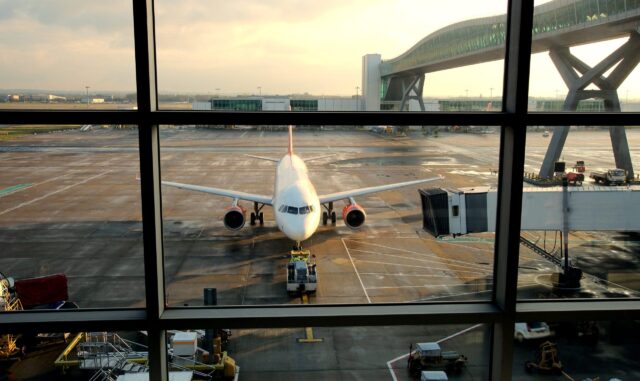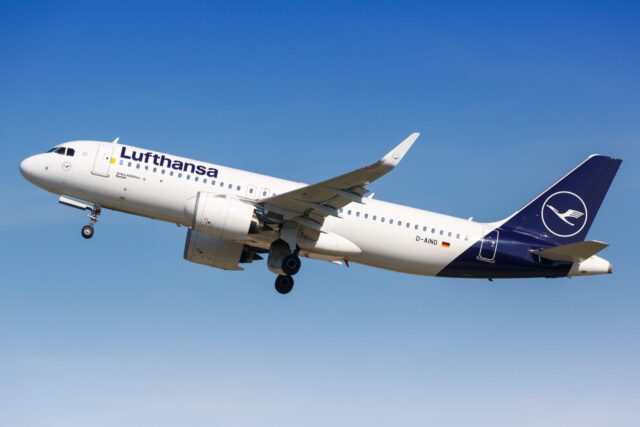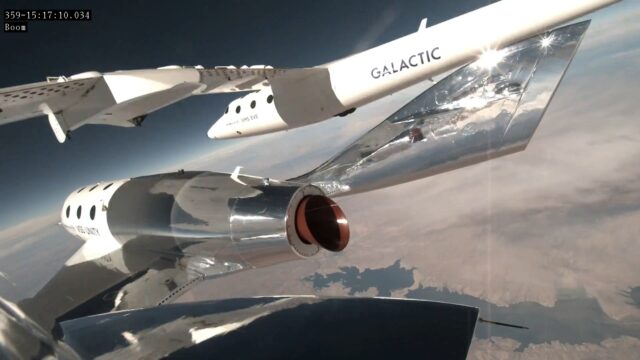All major aircraft elements from mid-air collision recovered from Potomac river
February 10, 2025

As investigations continue into America’s deadliest air disaster in decades, the National Transportation Safety Board (NTSB) has revealed that “all major pieces” of the Bombardier CR7J00 and Sikorsky UH-60 Black Hawk have now been “recovered to a secure airport facility for further examination and documentation”.
On 8 February, an NTSB update confirmed that although additional underwater debris could still remain unrecovered – as identified by a National Oceanic and Atmospheric Administration TopoBathy lidar survey – further examination and documentation will continue on the aircraft wreckage already salvaged. As divers are set to continue retrieval work on “multiple underwater targets” highlighted by the study, NTSB investigators will now be “looking for witness marks on the [recovered elements of] aircraft that could provide clues to the angle of collision”.
The PSA Airlines regional aircraft (a Bombardier CRJ700) collided with a US Army Sikorsky UH-60 Black Hawk helicopter on 29 January, resulting in the loss of 67 lives, as the former prepared to land at Ronald Reagan Washington Airport. With the mid-air collision occurring over the Potomac River, ongoing recovery has entailed cooperation from a number of specialist organisations, including FBI dive teams, the US Navy Supervisor of Salvage, the Naval Sea Systems Command Supervisor of Salvage and Diving (SUPSALV), and the National Oceanic and Atmospheric Administration (NOAA).
Initial recovery of the wreckage – something the NTSB had cautioned would take “several days” – was focused on the airliner, with the aft fuselage, right engine and right pylon of the CRJ700 recovered on 3 February. The following day, several further elements of the wings, fuselage, what the NTSB identified as “significant portions of the forward cabin and cockpit” and other structural elements were pulled from the water.

The military helicopter was recovered on 6 February, with the NTSB noting at the time that the team would continue “to search for additional parts of the Black Hawk, including the right engine and tail rotor”. Helicopter wreckage was offloaded from the recovery barge the following day and sent to the secure hangar at DCA for layout and investigation by investigators.
Having documented the right wing of the CRJ and recovered its exterior lights (which were sent to NTSB laboratories for further investigation), investigators now plan to document the jet’s left wing.
Speaking at the inaugural NTSB press conference following the accident, NTSB boardmember and investigation spokesperson Todd Imman stressed that the investigatory teams will be on scene “as long as it takes” and that the Board would leave “no stone unturned”. However, he cautioned that the NTSB would “not be determining the probably cause of the accident while [they] were here on scene, nor will [they] speculate about what may have caused this accident”.
Alongside ongoing evaluation of the recovered wreckage, specialist working groups continue to gather evidence, compile information and analyse findings across several specialties, including in the areas of operations, structures, powerplants, ATC, systems, survival factors, and helicopter. A human performance group will also encompass elements of operations, helicopter and ATC analysis.




